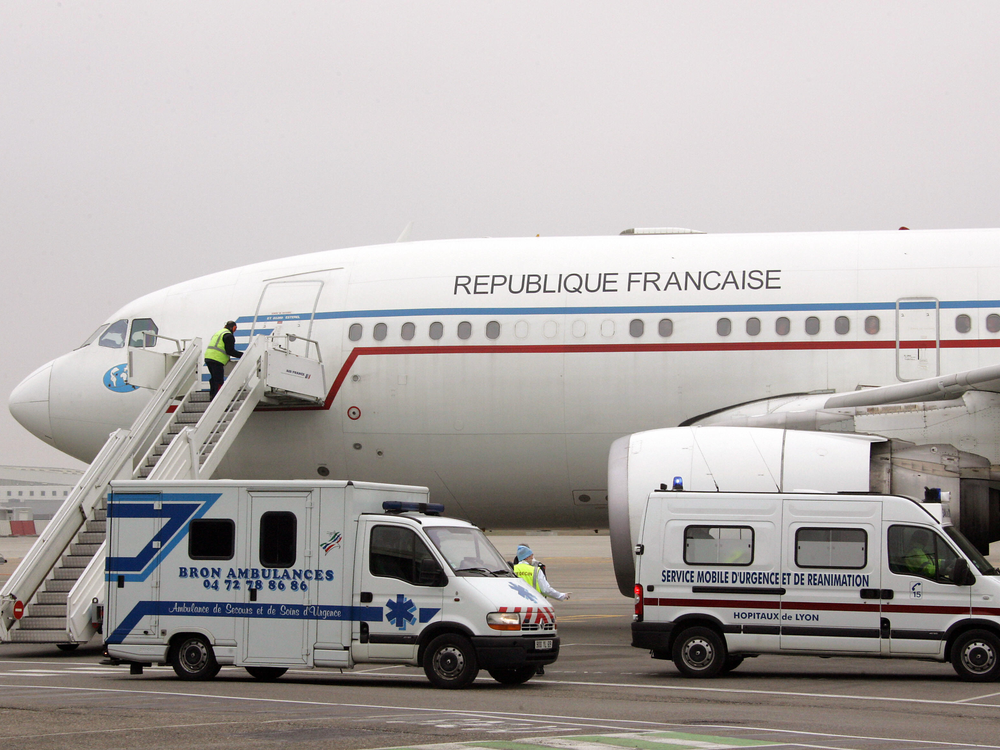A Nigerian passenger aboard an IndiGo flight from Delhi to Doha has died after falling ill mid-flight, prompting an emergency landing in Karachi, Pakistan. The airline confirmed in a statement that the passenger, identified as Abdullah and believed to be around 60 years old, was declared dead by the airport medical team upon landing. The flight was allowed to take off from Karachi after the authorities issued a death certificate and completed all necessary formalities.
According to officials, the captain of the A320-271N aircraft requested an emergency landing at Jinnah International Airport in Karachi after the passenger fell ill onboard. Doctors from the health department were sent to provide treatment, but unfortunately, the passenger had passed away.
The aircraft remained parked at Karachi airport for nearly five hours while the authorities carried out necessary procedures. The IndiGo flight, numbered 9E1736, returned to Delhi with the body of the deceased passenger. In an official statement, IndiGo expressed condolences to Abdullah’s family and loved ones, saying they were deeply saddened by the news.
This is not the first time an IndiGo flight has been diverted due to a medical emergency. In mid-January, a Madurai-Delhi IndiGo flight was diverted to the Indore airport following a similar incident with a passenger mid-air. In February, a Delhi-bound Air India flight travelling from New York was also diverted to London due to a medical emergency.
Following the incident, IndiGo is reportedly making arrangements to transfer the other passengers of the flight in coordination with relevant authorities. The airline has not disclosed any further details about the nature of the medical emergency or the cause of Abdullah’s death.

How often does a medical emergency occur?
According to a study published in the New England Journal of Medicine, in-flight medical emergencies occur at a rate of approximately 12 incidents per billion revenue passenger kilometres. This was determined by analyzing data from a large Hong Kong-based airline, which recorded 4,068 in-flight medical emergencies among paying passengers over a five-year period. The study also revealed that syncope, or loss of consciousness, accounted for over 50% of the incidents, with gastrointestinal issues and heart problems being the second and third most common causes respectively.
While the majority of in-flight medical emergencies can be managed on the plane, 3% of cases required a flight diversion. Heart attacks, brain haemorrhages, and epileptic seizures were the leading causes of diversions.
The study highlights the importance of adequate medical resources and personnel on commercial flights to effectively handle these emergencies, particularly now that flights have resumed at their normal numbers post the pandemic. It also emphasizes the need for airlines to have sufficient medical supplies, equipment, and trained medical professionals on board, especially during long-haul flights.
Passenger safety has also been a growing concern in recent years, with several high-profile incidents raising questions about airline safety standards. In 2019, a Boeing 737 MAX aircraft operated by Ethiopian Airlines crashed, killing all 157 passengers and crew onboard. The incident prompted a global grounding of the aircraft type and raised questions about safety standards in the aviation industry.
While incidents like these are relatively rare, they highlight the need for continued vigilance and safety measures to ensure the safety and well-being of passengers during air travel. As air travel continues to recover from the pandemic, airlines and authorities must remain vigilant and take all necessary precautions to ensure passenger safety and well-being.
Read More Such Articles
Mount Everest Covered with Human’s “Frozen Signature”
Russian connections to India increase with 64 flights
Geological processes could split Africa into two Parts
AUKUS Unveils Plan for Nuclear Submarines












